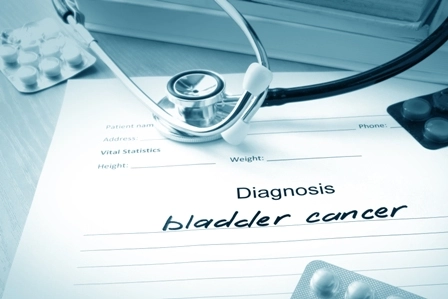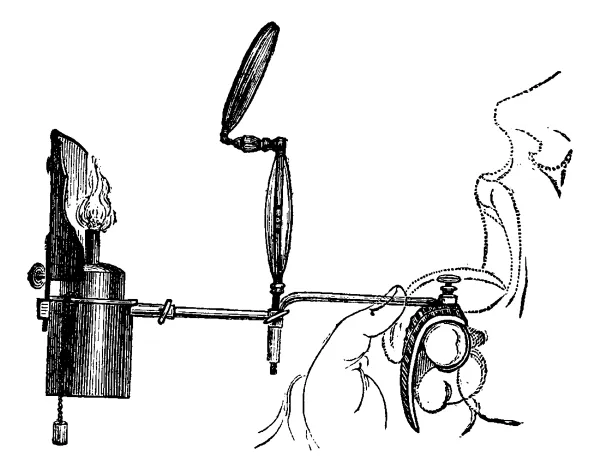Oncology & Hematology Coding Alert
E/M 2021:
Take These 2021 E/M Office and Outpatient Changes Final Steps
Published on Wed Dec 23, 2020

You’ve reached your limit of free articles. Already a subscriber? Log in.
Not a subscriber? Subscribe today to continue reading this article. Plus, you’ll get:
- Simple explanations of current healthcare regulations and payer programs
- Real-world reporting scenarios solved by our expert coders
- Industry news, such as MAC and RAC activities, the OIG Work Plan, and CERT reports
- Instant access to every article ever published in Revenue Cycle Insider
- 6 annual AAPC-approved CEUs
- The latest updates for CPT®, ICD-10-CM, HCPCS Level II, NCCI edits, modifiers, compliance, technology, practice management, and more
Related Articles
Other Articles in this issue of
Oncology & Hematology Coding Alert
- ICD-10-CM:
Do You Find Neoplasm Diagnosis Coding Tricky? Histology, Sequencing, and Site Are Key
Here’s why you need to look up your code in the tabular index of your [...] - E/M 2021:
Take These 2021 E/M Office and Outpatient Changes Final Steps
Remember: You will no longer report code 99201 after Jan. 1, 2021. During past issues [...] - Practice Management:
Here’s Why You Need Clarity When It Comes to Payer Contracts
Remember: Trend and track denials in your practice to find the root of the problem. [...] - You Be the Coder:
Avoid This ‘Uncertain’ Dx Trap
Question: The pathology report for a urinary bladder specimen simply states “neoplasm” as the diagnosis. [...] - Reader Questions:
PHI Extends Beyond Patient’s Medical Record
Question: Is there more to protected health information (PHI) than just a patient’s medical record? [...] - Reader Questions:
Querying Your MD is Often a Good First Step
Question: According to hospital-provided documentation, one of my new residents has been admitted with a [...] - Reader Questions:
Are You Using the Most Recent ABN Form? Find Out
Question: How do I know whether I’m using the correct advanced beneficiary notice (ABN) form [...]
View All




